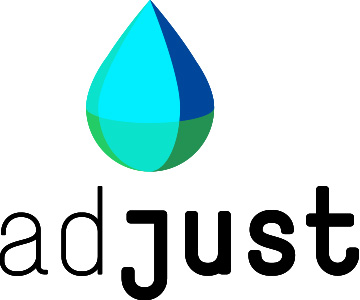Reflections on the Third Technical Expert Dialogue on the New Collective Quantified Goal
by Clara Ida Bartram Gurresø ꞏ
At COP21 in Paris, Parties to the UNFCCC agreed that the Global North would mobilise $100 billion in climate finance per year by 2020 for climate action in the Global South. Additionally, they agreed to set a New Collective Quantified Goal (NCQG) prior to 2025 from the floor of $100 billion. Reports indicate that the Global North failed to meet their promise of $100 billion by 2020, and critics furthermore argue that their contributions were overreported due to double counting of resources and mislabelling of projects as climate-relevant. This is a huge issue for Global South countries, who already face enormous costs from the adverse effects of climate change and whose Paris commitments are conditional on financial support from the Global North. As a result, the Egyptian COP27 presidency has announced that climate finance will be top of the agenda for the upcoming negotiations taking place in Sharm el-Sheikh in November.
Although most public attention seems to be centred on the political discussions at COP, the UNFCCC also hosts a series of equally important technical discussions on the NCQG. As is the habit in the UNFCCC, these meetings have of course been provided with an excessively long name: the Technical Expert Dialogues under the Ad Hoc Work Programme on the New Collective Quantified Goal on Climate Finance (or in short: TED of the AWP on the NCQG). The meetings take place four times per year, starting in March 2022, and are expected to conclude in 2024. They aim to facilitate a conversation among Parties, experts and non-party stakeholders on how the new goal should be defined and structured. Being technical discussions, rather than political negotiations, they are characterised by a more constructive debate than you typically witness at COPs and an active participation of non-Party actors.
Last week the third session (TED3 of the AWP on the NCQG) took place in Manila, Philippines. The agenda was focused around the needs and priorities of developing countries, experiences in translating needs and priorities into action, and the role of public and private finance in mobilising and delivering climate finance. As it would be impossible to capture the full scope of the discussions in a short blog post, I will summarise a few of the key issues that came out of the adaptation track.
Of course, access to finance was a major theme in the discussions. Participants drew attention to the insufficient level of available climate finance, especially for adaptation projects. Part of the explanation for this is that, as opposed to mitigation, adaptation projects are usually small-scale, community-based projects with no profit potential, making it difficult to attract private sector investors. The question is whether it is possible to make adaptation projects bankable, or if we can succeed in moving the focus to social and environmental gains rather than economic ones. Moreover, many participants were critical of whether there is a role at all for private sector in adaptation finance. At the same time, there was an understanding that private sector involvement is necessary to build political support from Global North governments. However, this should be done in a way that does not distract from the responsibility of Global North governments to meet the agreed goal. A solution to this could be to structure the goal around different layers, with clear guidelines on which players will be expected to contribute to each layer.
Another frequently mentioned issue was the lack of data and clear methodology for assessing needs, posing challenges for both countries applying for finance and providers. Adaptation needs are highly context-dependent and constantly evolving, making it difficult to develop a uniform assessment methodology. The NCQG must be flexible in order to respond to the diverse and changing needs and be able to accommodate emerging data and methodologies. Additionally, the goal should be bottom-up defined to align with the Paris agreement approach and to ensure that the goal is grounded in the actual needs of Global South countries (as opposed to the current $100 billion goal which is a top-down defined target). However, the challenge with this is how to then address the aim of a 50/50 balance between mitigation and adaptation finance. Participants suggested to include subgoals in the NCQG in order to address this and several other issues. While this is a good solution, we also have to be careful not to end up with a goal that is too complex as it could create confusion and eventually undermine the purpose of the NCQG.
TED4 on the NCQG will take place in conjunction with COP27 in November 2022. More information about the process and recordings from previous meetings are available on the UNFCCC’s website: https://unfccc.int/NCQG#eq-1
